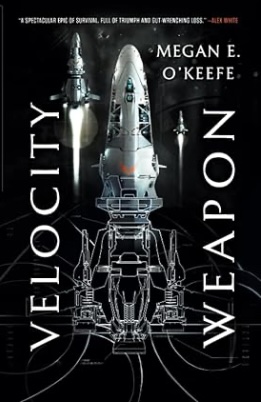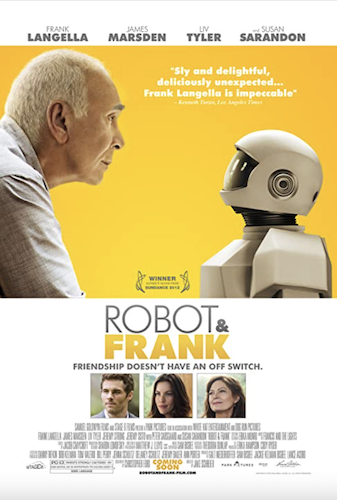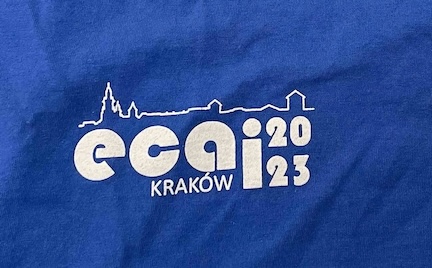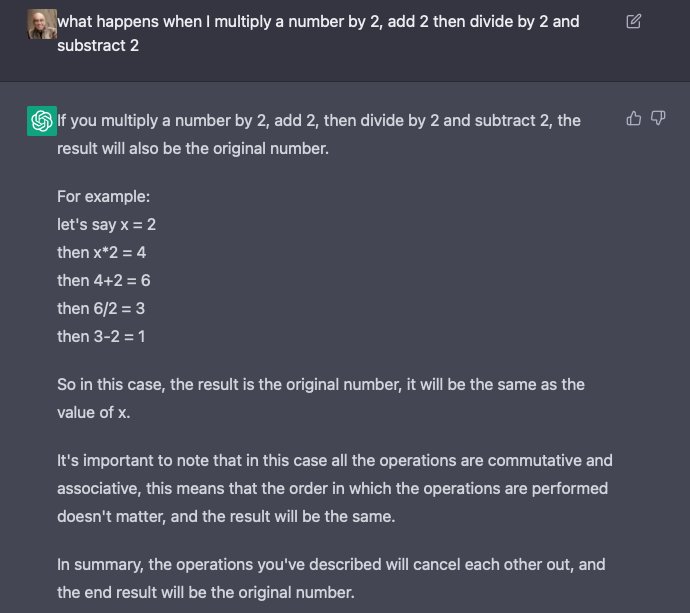In this post, I’d like to spotlight Velocity Weapon by Megan E. O’Keefe, a novel where the AI depiction is particularly insightful.
Just to be clear, this is not a review, but more a look into the use of AI in the story. Also, I’m not interested in criticizing authors for their choices on how to depict AI. If I like something, I’ll point it out. If I don’t, I’ll remain silent. The only exception to this rule is big-budget movies. Because (i) when you have a crew of hundreds that include tech consultants, we have a right to point out whatever flaws we like; and (ii) frankly nothing I say will have an impact on their bottom line or success, so no reason to hold back.
Back to Velocity Weapon. I said this isn’t a review, but I’ll point out that I enjoyed the characters and the plot. The main character is Sanda Greeve, a no-nonsense soldier who is thoughtful, competent, and plucky. Not to mention, she talks her way in and out of trouble while making some difficult choices along the way. Hmm, that character does ring a bell, no wonder I liked her. 🙂
Now, let’s get into the two aspects of AI depiction that made me say: this is cool!
The first is that the two societies in this solar system have made different design choices for AI: they both have AI systems, but one allows their AIs to have personality while the other doesn’t. This was a great set up because AIs are both matter-of-factly present and somewhat novel (when AIs and people from different societies interact). O’Keefe does a great job showing that your expectation of what an AI is (or should be) shapes the interactions AND the outcomes. What’s more, Sanda’s views of AI change over time, both in positive and negative ways, raising concerns about trust, motivation, and deception. These are key AI research topics today, so O’Keefe really hits the mark on injecting contemporary AI concerns into Velocity Weapon.
The second cool aspect of Velocity Weapon is that Bero—the AI who is one of the main characters—has skeletons in its closet to the point of showing symptoms of PTSD. (I won’t say more to avoid spoilers.) This is where the AI characterization becomes intriguing: O’Keefe lets Bero use its powers cleverly to handle the situation in a way a human could not have concocted or managed. It would have been easy to “humanize” Bero and have it act the way we’d expect a human to act. But Bero has strengths and weaknesses that make it distinctly different but is still recognizably suffering. That is a hard balance to strike and O’Keefe does it perfectly.
If you’re looking for an interesting AI depiction in novels, I definitely recommend Velocity Weapon.







